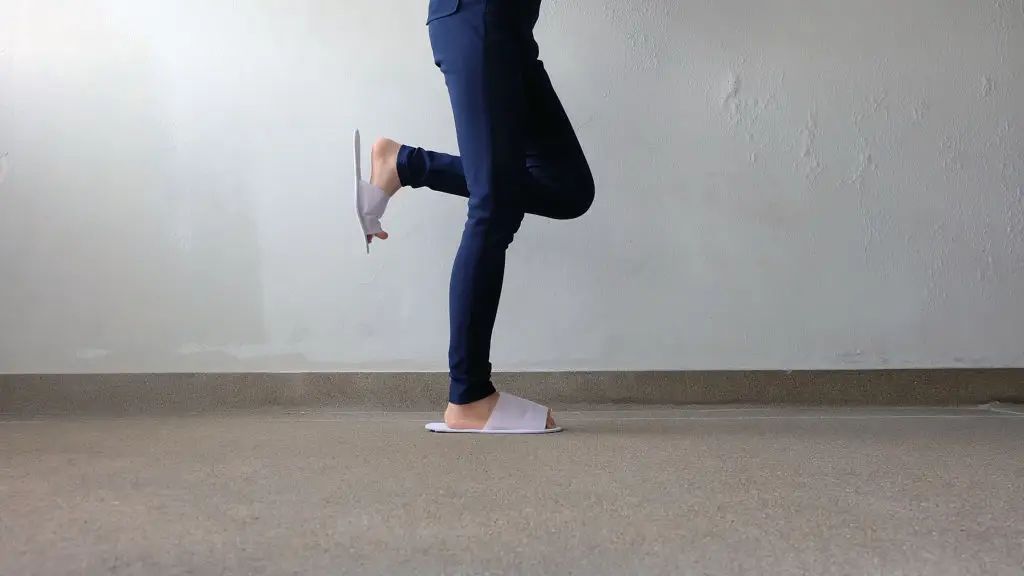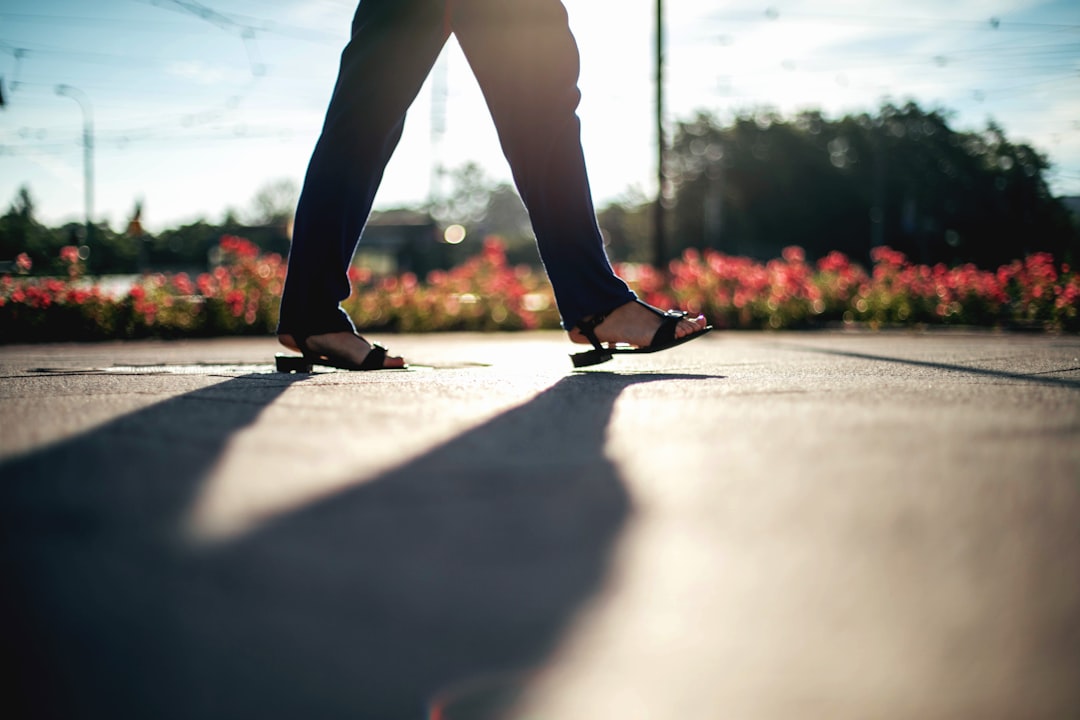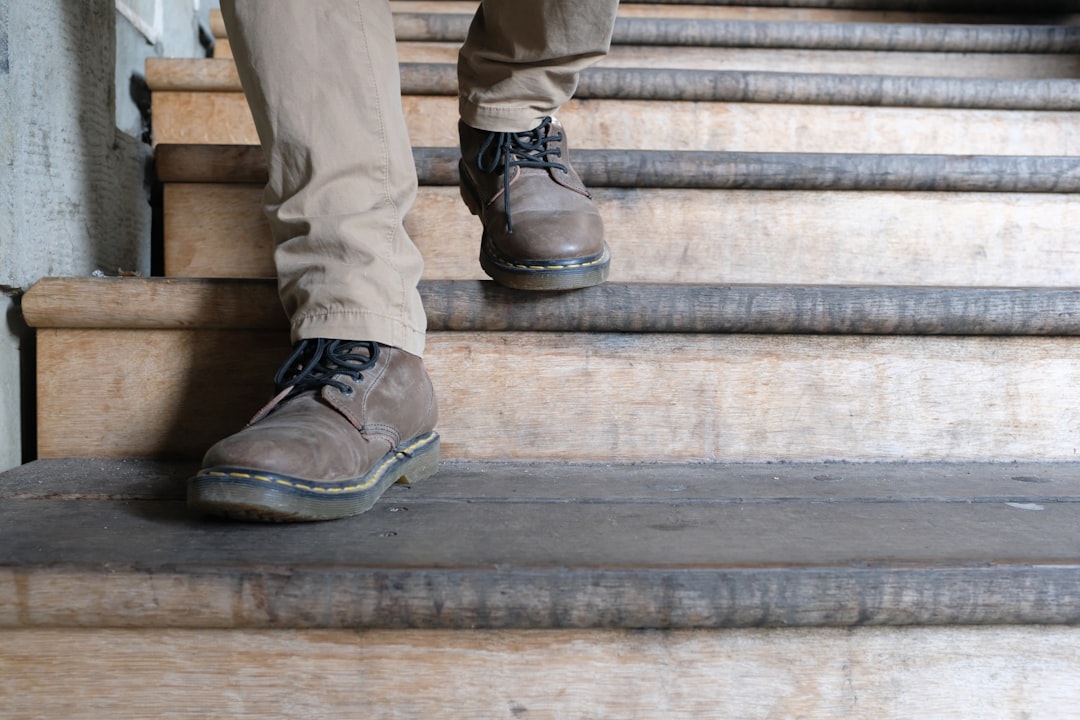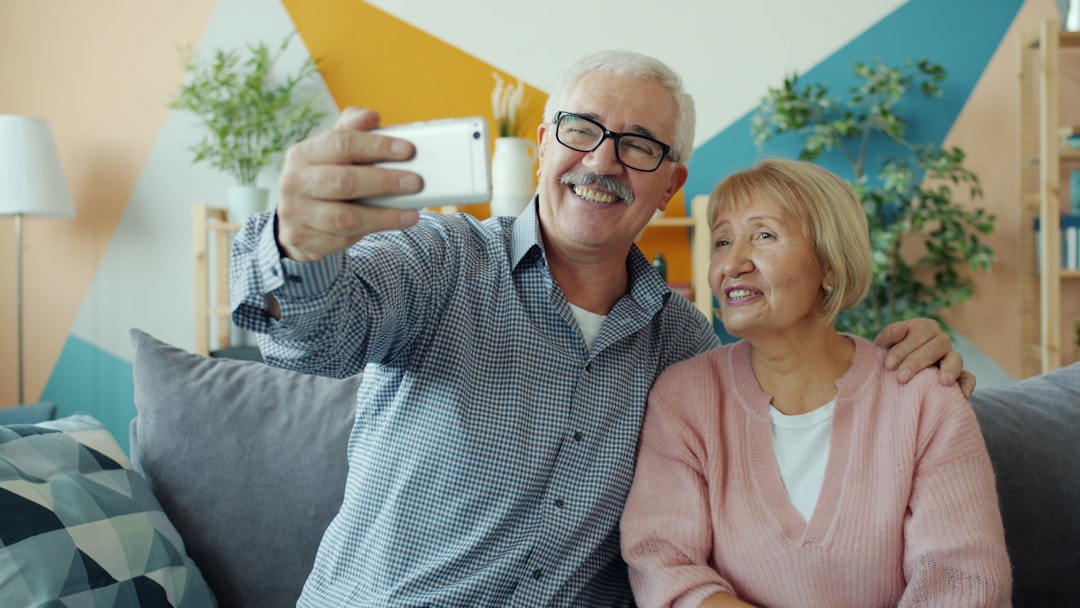5 Ageless Agility Secrets: Simple Moves to Preserve Your Power and Balance
Aging doesn’t mean giving up movement. It means choosing smarter, kinder ways to keep your body strong and steady. These five agility secrets focus on simple, repeatable movements that preserve the power you use every day — getting up from a chair, stepping around an obstacle, catching your balance. Each move is quick to learn, needs no fancy equipment, and can be scaled to match your current mobility. Practice feels different from perfection. A few minutes a day, added to existing routines like morning coffee or standing while brushing teeth, stacks into real resilience over weeks and months. Safety matters: if you have recent surgery, unstable medical conditions, severe dizziness, or are unsure about a movement, check with your healthcare provider before starting. Where helpful, I’ll offer progressions — from hands-on support to eyes-closed versions — so you can gently challenge your balance without risking a fall. One helpful research note: learning new coordinated skills, like dance patterns or paired tasks, has been shown to boost thinking speed and memory in older adults. That means some of these moves don’t just train your body; they train your brain too. Think of this guide as practical encouragement. Small steps. Steady gains. Real-life benefits.
1. Single-Leg Stands — Balance in a Minute

Single-leg stands are a foundational balance drill you can do while waiting for the kettle or brushing your teeth. Start next to a sturdy chair or countertop for light touch support. Stand tall, shift your weight into one foot, and lift the other foot just an inch or two off the floor. Hold for 10–20 seconds, then switch sides. Do two or three rounds per side to begin. If that feels easy, try letting go of the support and using your arms to steady balance instead of the countertop. A next step is closing your eyes for a few seconds — but only when you can do the supported version confidently. Benefits are immediate: single-leg time trains ankle reactions, hip stability, and the tiny muscles that catch you when you stumble. For those who find the full lift hard, try tapping the lifted foot gently to the back of the opposite ankle before returning to two feet. If you have knee pain or recent hip surgery, keep the lift small and ask your clinician about a tailored progression. The magic of this move is its accessibility; it turns idle moments into durability-building practice.
2. Heel-to-Toe Walking — Tighten Your Base

Heel-to-toe walking, also called tandem walking, sharpens foot placement and gait confidence. Find a clear, straight path a few yards long. Stand tall with eyes forward. Place one foot directly in front of the other so the heel of the front foot touches the toes of the back foot. Take slow, deliberate steps, swinging your arms naturally. Walk for 10–20 steps, turn, and repeat two to three times. If you feel unsteady, perform the same pattern near a wall for light touch or shorten the step distance. Focus on controlled posture: soft knees, engaged core, and gentle breath. This drill improves proprioception — your brain’s sense of where your feet are — which helps prevent trips on uneven sidewalks or carpet edges. Once the basic pattern is solid, try it while carrying a lightweight object or adding a small head turn to simulate real-world attention shifts. If dizziness occurs, stop and steady yourself. Heel-to-toe walking is practical training that maps directly to safer walking and steadier turns in daily life.
3. Sit-to-Stand (Chair Squat) — Power Where It Matters

The sit-to-stand trains the leg power you rely on every time you rise from a chair, climb stairs, or recover from a stumble. Begin with a firm chair at a comfortable height. Sit with feet hip-width apart and hands resting on your thighs. Lean slightly forward, press through the heels, and stand up slowly without using your hands if you can. Lower back down with control. Aim for 8–12 repetitions, one to three sets, a few times per week. To build power, stand a bit more quickly while keeping safe alignment. To make it easier, allow hand support on chair arms or push lightly off your thighs. For more challenge, add a small step in front of the chair: stand up, step up, then sit back down. This movement strengthens quads, glutes, and core — the big muscle groups that help you push off and recover from loss of balance. If knee pain limits you, reduce the range or work with a physical therapist on form. Practically speaking, improving sit-to-stand strength makes everyday tasks feel less effortful and reduces reliance on others for basic mobility.
4. Lateral Step-and-Reach — Move Sideways, Stay Safe

Most daily tasks involve side-to-side movement, yet training often focuses only on forward motion. The lateral step-and-reach strengthens hips and trains balance in directions that matter for avoiding falls on stairs or curbs. Stand with feet hip-width apart, hands at your sides. Take a controlled side step to the right, bend the right knee slightly, and reach the left hand toward the right foot. Return to center and repeat on the left. Start with five to eight repetitions per side and increase as comfortable. Keep the chest lifted and avoid twisting sharply. To progress, speed up the step to create light, dynamic balance demands or hold a lightweight object to increase load. If side-stepping feels unstable, perform the move next to a counter for quick support. This pattern builds lateral hip control, improves stability when you change direction, and trains the reactive steps your body uses in real falls. Add it to a short warm-up to make side-to-side confidence a daily habit.
5. Rhythm Steps (Dance-Based Dual-Task) — Train Body and Brain Together

Combining simple foot patterns with a light cognitive challenge — such as remembering a two-step rhythm or counting backward by threes — trains coordination and mental sharpness at once. Put on a favorite song with a steady beat. Start with an easy two-step: step right, bring left to meet; step left, bring right to meet. Add a rhythm cue like a clap or a word and repeat for 30–60 seconds. As you grow comfortable, layer in small turns, gentle knee bends, or a memory task like naming animals between sets. Research suggests learning new complex skills and pairing physical moves with mental engagement can help thinking speed and memory in older adults. Keep the tempo comfortable and pause if you feel off-balance. This approach has two big wins: it challenges balance in a playful way and keeps your brain active. It’s also social-friendly — try it with a friend or in a community class to add motivation. No dance experience needed; start with small, joyful steps and build from there.
Keep These Moves in Your Daily Routine

These five agility secrets are designed to be realistic and kind to your body while delivering real, practical payoff. The single-leg stands and heel-to-toe walking sharpen the reflexes that stop a fall before it happens. The sit-to-stand restores the push-off power you use every time you rise from a chair. Lateral steps cover the sideways balance most training misses. Rhythm steps add a brain-boosting layer so movement supports both strength and thinking. None of these moves require special gear, and each one can be scaled to match how you feel on a given day. The most important rule is consistency over intensity; shorter, frequent practice beats occasional long sessions. Track small wins, like extra seconds on a single-leg hold or smoother chair rises, and celebrate them. If you live with chronic conditions or recent injuries, get a clinician’s thumbs up and ask about tailored progressions. Above all, treat movement as self-care rather than a chore. With gentle, steady practice, these simple habits help protect your balance, preserve power, and keep daily life feeling more secure and enjoyable.
